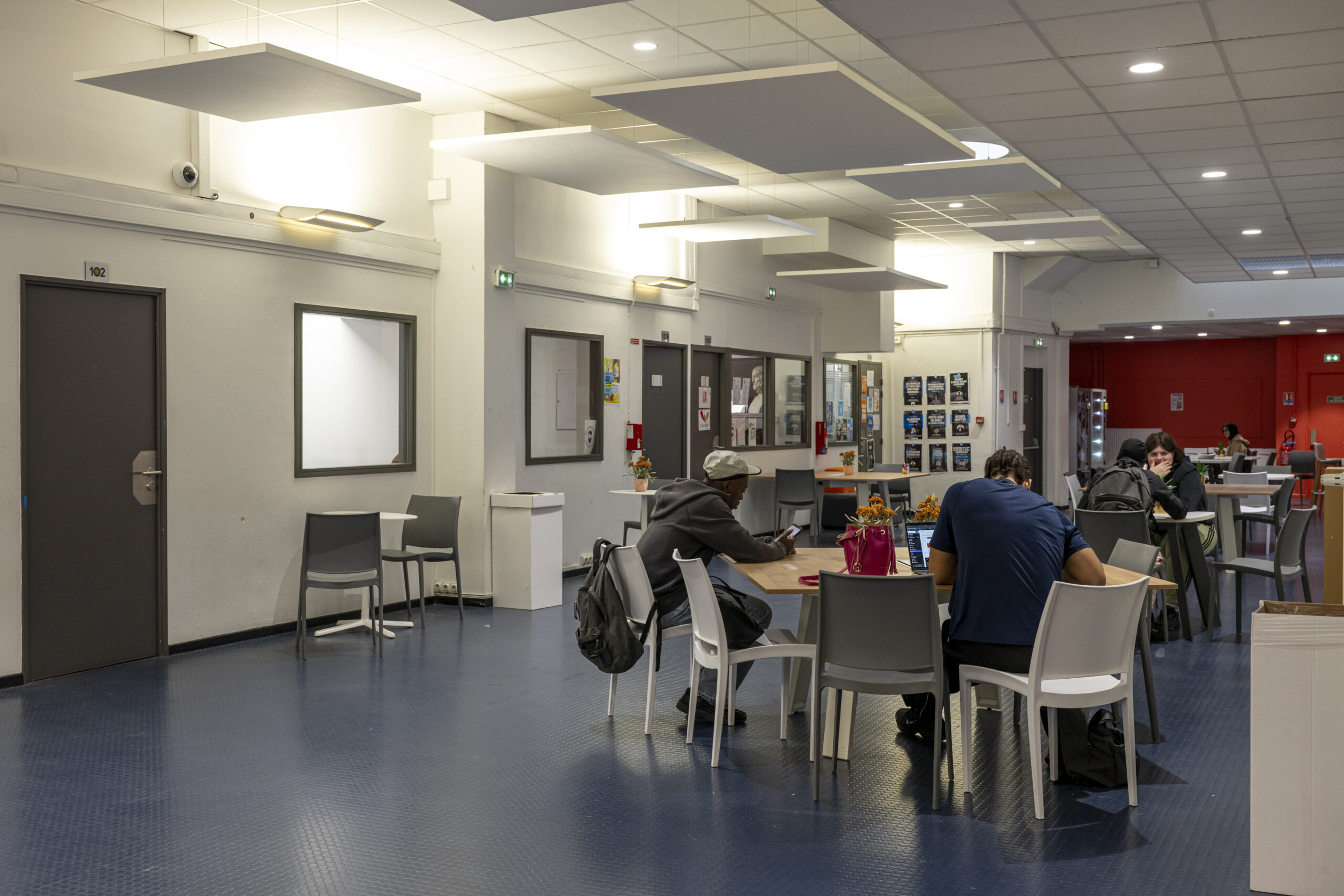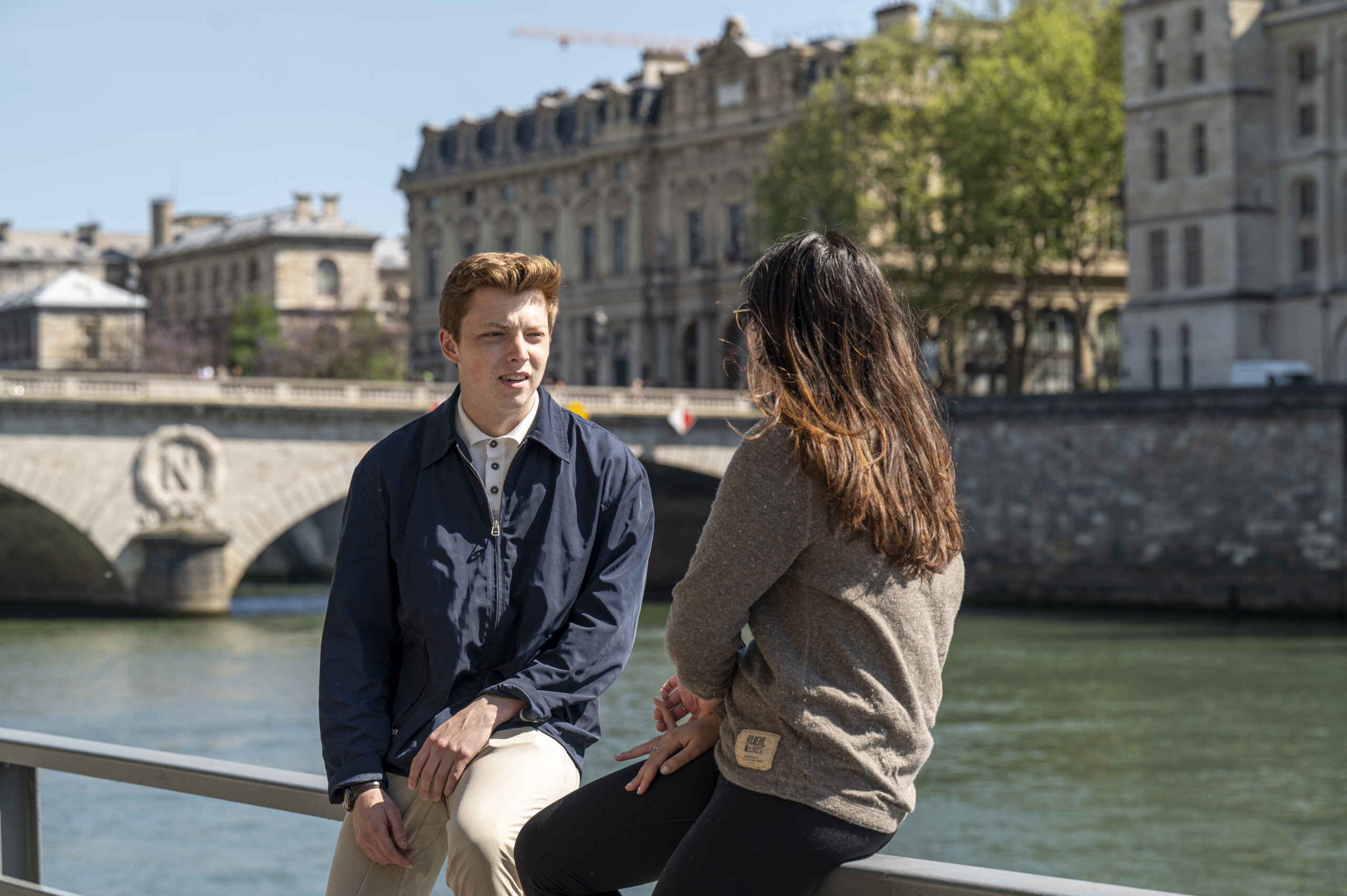Bel-Ami (Maupassant)
In the novel “Bel-Ami” written by Guy de Maupassant, readers are transported to 19th century Paris. The author describes Parisian life in detail, its lively streets, its fashionable salons, and its contrasting neighborhoods. Through the character of Georges Duroy, the main protagonist, readers discover the fascination and seduction of the French capital, reflecting both its brilliance and its social intrigues. The central role of Parisian life makes “Bel ami” a major work for those who wish to discover the capital through literature
Notre Dame de Paris by Victor Hugo
It’s impossible not to mention “Notre-Dame de Paris” by Victor Hugo when it comes to the French capital. The Parisian setting is indeed an essential component of the plot, Hugo plunging us into medieval Paris of the 15th century by depicting the majestic Notre-Dame cathedral and the winding streets of the city. The author describes with precision the architectural details of the cathedral, but also the dark aspects of Parisian life, including the famous slum district “la cour des miracles” (court of miracles). Through this evocation, readers discover the beauty and complexity of Paris at that time, a both romantic and realistic setting contributing to the charm and success of “Notre Dame de Paris”.
Les trois mousquetaires (The three musketeers by Alexandre Dumas)
In “The Three Musketeers” by Alexandre Dumas, the 17th century Parisian setting is once again an essential element of the plot. The author transports us to the Paris of the time, with its cobbled streets, its historic buildings, and its royal court. The novel depicts the political intrigues at the court of King Louis XIII as well as the entertainment of Parisian taverns. The reader thus discovers the contrast between the splendor of the nobility and the dark side of urban life. The city of Paris serves as a vibrant backdrop for the adventures of the Musketeers, adding a historical and realistic dimension to the thrilling story.
L’Assommoir (Emile Zola)
Emile Zola is another essential author whose stories often have Paris as a setting. In “L’Assommoir,” 19th-century Paris serves as a dark and realistic backdrop. The author guides us through the narrow streets of the popular Goutte-d’Or district, where a large part of the plot takes place. He describes with striking realism the misery, filth and disappointments of the Parisian working class which foreshadow the social struggles that subsequently forged French society. The disreputable taverns and busy streets are the scene of the characters’ daily struggles. Paris here becomes a character in its own right, reflecting the harshness of the lives of the most deprived and the descent into hell of the Provençal heroine, Gervaise.
Double assassinat dans la rue Morgue (Murders in the Rue Morgue by Edgar Allan Poe)
French authors are not the only ones to have chosen Paris as a location for intrigue. In “Murders in the Rue Morgue” by Edgar Allan Poe, 19th century Paris once again serves as the backdrop. Through this short story, the American author transports us to the mysterious and dark streets of the French capital. The meticulous details describing locations such as the Rue Morgue and the apartment where the drama takes place help create an atmosphere that is both distressing and intriguing. Paris becomes a central element of the story, the style of Edgar Allan Poe giving the capital a touch of exoticism and mystery as part of a captivating story that mixes crime, investigation and horror. The city itself becomes an integral part of the enigma that Detective Dupin will have to solve.
Histoires incroyables by Jules Lermina
Let’s stay in the realm of fantasy with “Histoires incroyables” by Jules Lermina, a work which also illustrates the inspiration that many authors felt when in contact with the 19th century Parisian streets. The author takes us through the picturesque streets of the City of Lights, offering vivid descriptions of the aristocratic neighborhoods, and of course the dark slums. Parisian locations still iconic today, such as the banks of the Seine, lively cafés, and sumptuous mansions, serve as backdrops for stories of mystery, passion, and adventure. Jules Lermina manages to immerse his readers in this captivating Parisian universe where realism and fantasy mingle.









